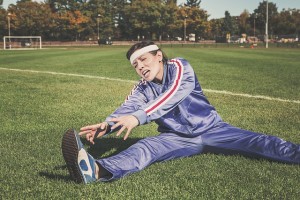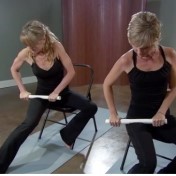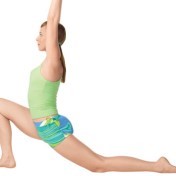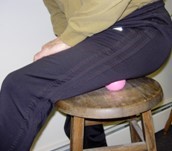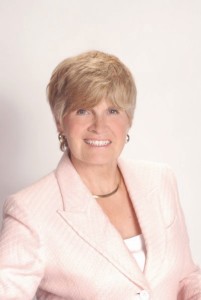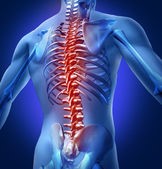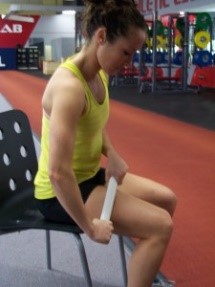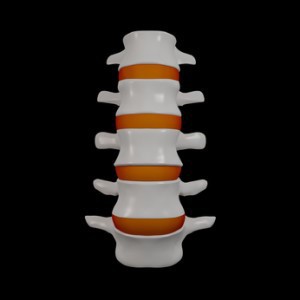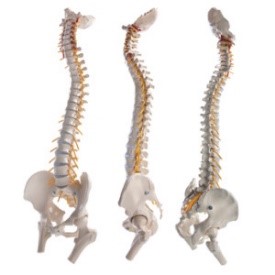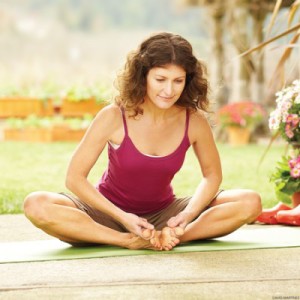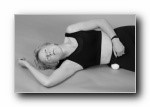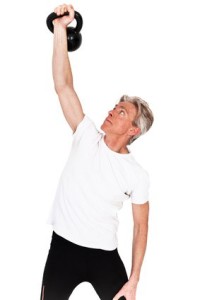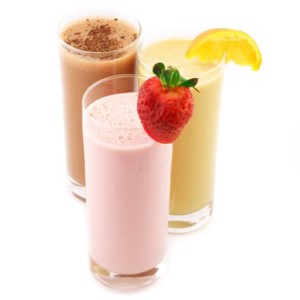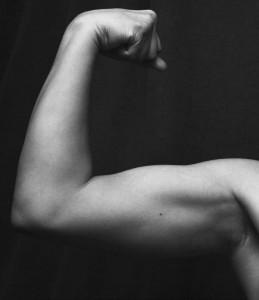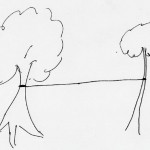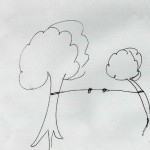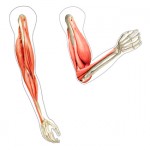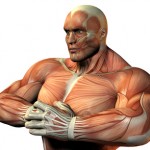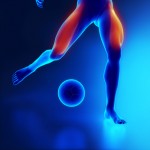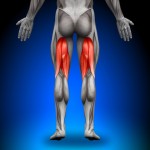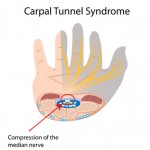To Stretch or Not To Stretch
Author: Julie Donnelly, LMT – The Pain Relief Expert
Editor: Dr. Steve Chaney
 A calf cramp is caused by several different conditions, such as dehydration and mineral deficiency. These each need to be addressed to prevent future calf cramps, but when your calf spasms wake you with a jolt at night or send you crashing to the ground in agony, you need a solution NOW!
A calf cramp is caused by several different conditions, such as dehydration and mineral deficiency. These each need to be addressed to prevent future calf cramps, but when your calf spasms wake you with a jolt at night or send you crashing to the ground in agony, you need a solution NOW!
And, stretching is definitely NOT the first thing to do.
Emergency Treatment for Calf Cramps
A muscle always contracts 100% before releasing. Once started, a calf cramp will not partially contract and then reverse because you stretch, as it may cause the muscle fibers to tear, which will cause pain to be felt for days afterward.
As a result, it is most beneficial to help your muscle complete the painful contraction before you try to stretch it. It sounds counter-intuitive, but it cuts the time of the calf cramp down, and enables you to start flushing out the toxins that formed during the sudden spasm.
Your muscle will be all knotted up, screaming in pain, so it’s good to practice this self-treatment when you are not having a calf cramp.
Grab your calf muscles as shown in this picture. Hold it tightly, and then as hard as you can, push your two hands together.
The intention is to help the muscle complete the contraction as quickly as possible. During an actual calf cramp it won’t be as “neat” as the picture shows, but anything you can do to shorten the muscle fibers will hasten the completion of the spasm.
Follow These Steps To Release Your Calf Cramps
- Hold your hands and continue pushing the muscle together until you can begin to breathe normally again. Continue holding it another 30 seconds, bringing in as much oxygen as possible with slow, deep, breathing.
- Release your hands and keep breathing deeply.
- Repeat #1. This time it won’t hurt, but you are helping any last muscle fibers to complete the contraction before you move to release the spasm.
- Begin to squeeze your entire calf as if you were squeezing water out of a thick towel. Move from the top of your calf and go down toward your ankle. This will feel good, so do it for as long as you can.
- It is now safe to stretch your calf muscle because the cramp has completed and you have flushed out the toxins. Stretch slowly, and don’t go past the point of “feels so good”. You don’t want to overstretch.
This calf cramps emergency treatment has been proven successful by endurance athletes who have written to me saying how they could continue their race (or training) without any further pain.
This is a very important tip to share with all athletes. Please tell your friends on Facebook and Twitter, it helps athletes prevent injury and pain.
Wishing you well,
Julie Donnelly
These statements have not been evaluated by the Food and Drug Administration. This information is not intended to diagnose, treat, cure or prevent any disease.
About The Author
 Julie Donnelly is a Deep Muscle Massage Therapist with 20 years of experience specializing in the treatment of chronic joint pain and sports injuries. She has worked extensively with elite athletes and patients who have been unsuccessful at finding relief through the more conventional therapies.
Julie Donnelly is a Deep Muscle Massage Therapist with 20 years of experience specializing in the treatment of chronic joint pain and sports injuries. She has worked extensively with elite athletes and patients who have been unsuccessful at finding relief through the more conventional therapies.
She has been widely published, both on – and off – line, in magazines, newsletters, and newspapers around the country. She is also often chosen to speak at national conventions, medical schools, and health facilities nationwide.

